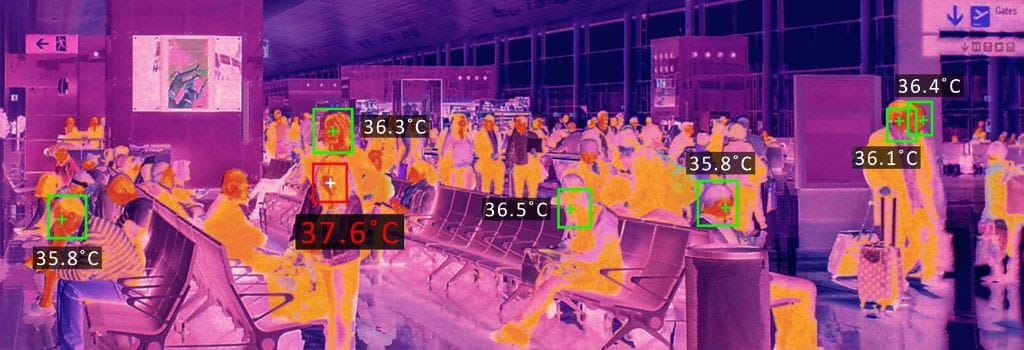- 세부
- 카테고리: Intelligent Systems
To function properly, drive-thru restaurants need outdoor screens that display changing menus, promotions, offers, etc. They need a solution that ensures reliable and high-performance external displays, which can be managed remotely.
더 읽기: Industrial LTE Gateway Enables Digital Signage in Remote Areas
- 세부
- 카테고리: Telecommunication
The era of 5G and IoT means both opportunities and challenges for telecom operators. While the new network technologies can bring new business opportunities, there are challenges that should not be overlooked. First, with the explosion of Internet consumption from mobile devices, telecom operators have adopted Carrier-Grade NAT (CG-NAT), a large-scale NAT measure for the transition from IPv4 to IPv6, in order to accommodate the exploding demands for IP addresses. Secondly, intense competition among the industry and OTT have put pressure on the profitability of telecom operators. Therefore, convergence is the trend for next-generation telecom network architecture.
- 세부
- 카테고리: Power and Energy
Over the past few years, the manufacturing sector has undergone a revolutionary change by implementing the concept of “connected and interconnected devices” to improve productivity and cost-effectiveness. With IIoT (Industrial Internet of Things) from conceptualization to now a reality, the manufacturing sector has witnessed an explosion of data generated on a daily basis. In fact, this unprecedented growth in data seems to have a continual increase due to AIoT (AI + IoT) technologies like Machine Learning, Machine-to-Machine networks, high-performance automation and robotic equipment, which all generate the mass volume of data.
더 읽기: Rugged Edge Gateways Simplify Data Acquisition and Delivery for Distributed Manufacturing...
- 세부
- 카테고리: Telecommunication
The availability of 5G in 2020 presents both opportunities and challenges for the business world. 5G is promised to enable machine learning, IIoT (Industrial Internet of Things), IoV (Internet of Vehicles), AR/VR and network slicing; however, there are stakes for enterprises that plan to deploy this technology. The availability of 5G in many countries lies in the monetary and technological capabilities of their telecom conglomerates, but they are facing challenges.
더 읽기: Converged MEC Appliance Reduces Total Cost of Ownership on Edge Cloud Infrastructure
- 세부
- 카테고리: Transportation
Today, public safety relies more on FirstNet than ever, as first responders increasingly count on this wireless communication platform when performing their duties. Particularly in emergent medical duties, paramedics need to collaborate and communicate with other first responders, like police and firefighters, in order to have more information about the victims’ situations. This can mean a difference in saving lives.
더 읽기: FirstNet-ready Vehicle Gateway Enhances Wireless Communication for EMS
- 세부
- 카테고리: Intelligent Systems
The COVID-19 virus outbreak is changing the way we commute. Train terminals, airports, metro stations are now the virus hot zone. To limit the spread of the virus and protect passenger safety, it is required to implement the new safety measures that would maintain efficient passenger traffic flow, while automatically measuring the temperature of every passenger at the checkpoint.
더 읽기: Video AI Computing Platform Enables Real-time Thermal Screening
- 세부
- 카테고리: Network Computing
The fact that the year of 2020 started off with a bang, so to speak, only accelerates the already rapidly on-going migration to the cloud. Haste in this case does make waste, however, and we are witnessing significant breakages in enterprise security architectures, with many singling out the increased use of public clouds as the leading cause of security compromise.
더 읽기: NCA-1510: Delivering Cloud-based Security Using On-premises Hardware Solution












